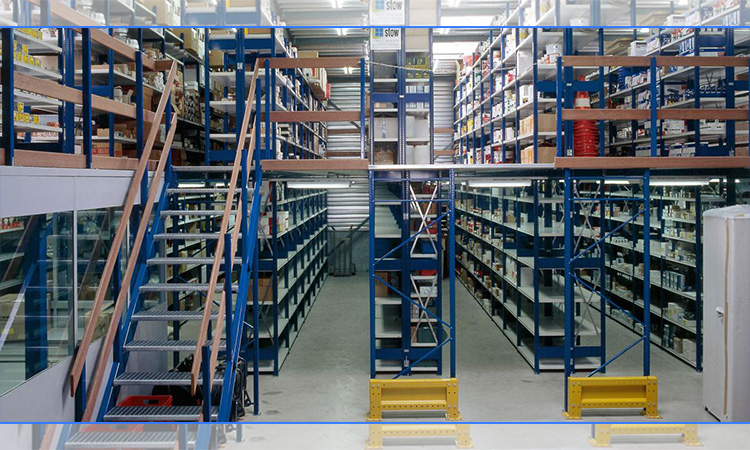Property of Stickers is a label used to mark ownership or possession of an item. These stickers are often used in company settings to identify company property. But they can also be found on personal belongings such as laptops and phone cases. While they may seem like a small and insignificant detail, the property of stickers has a rich history and serve an important role in our society.
Property of Stickers Origins
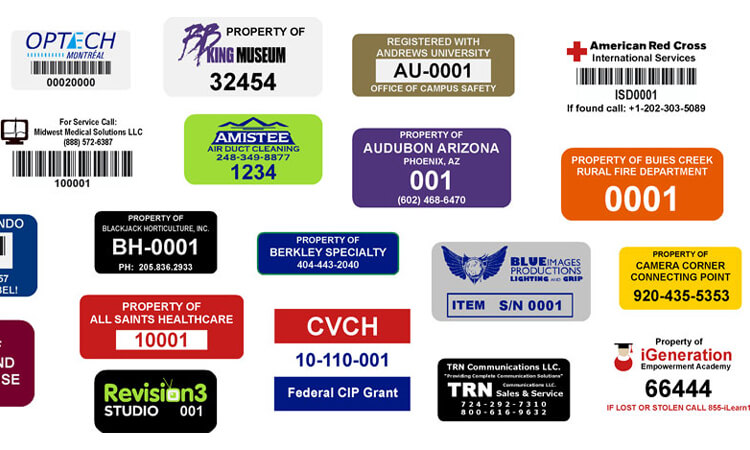
The property of stickers has a long and fascinating history dating back to ancient civilizations. In ancient Rome, for example, it was common for people to use seals to mark their possessions. These seals are known as “bullae.” They were made of clay and were used to stamp a symbol or inscription onto an item to say ownership.
In more recent times, the property of stickers has evolved and become more sophisticated. For example, people used stickers of property to mark military equipment and other government-owned items during World War II. However, the growing industrialization and mass production of goods led to a need for a more efficient way to track and identify company property.
The Rise of the Property of Stickers in the Industrial Age
In the early 20th century, people made the first mass-produced property of stickers with paper and glue. Companies often use stickers to mark their equipment and tools. These stickers can help them prevent theft and confusion among employees. As technology has advanced, the production of stickers has improved. People began to introduce self-adhesive labels made of plastic or vinyl. These new stickers were more durable and resistant to fading and damage, making them ideal for long-term use.
Property of Stickers Cultural Significance
The property of Stickers has become an important part of popular culture in many parts of the world. Property Stickers can be seen everywhere, from giant billboards to small shop windows. These colorful icons have become a symbol of pop culture. They represent everything from fashion to music to sports. For example, sticker properties have become integral to everyday life in Japan. They decorate homes and public places using large stickers.
Property of Stickers Types
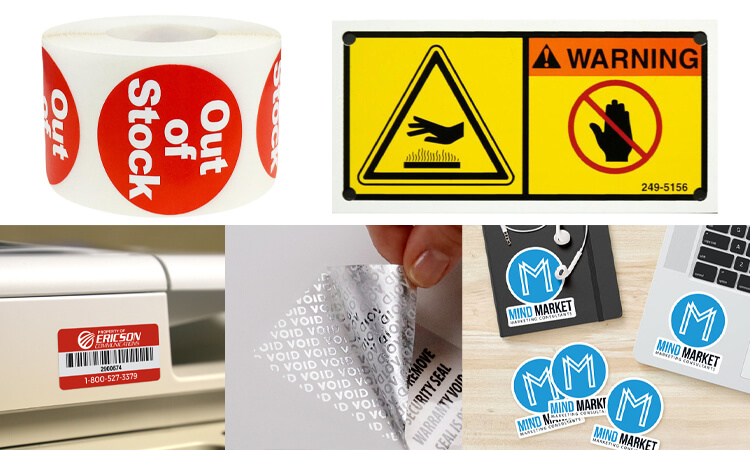
There are many different types of property of stickers available, each designed for a specific purpose. Some of the most common types of property of stickers include::
- Inventory stickers: These stickers are used to mark and track inventory in businesses and organizations. They often include a unique serial number or barcode that you can scan to keep track of the item’s location and status.
- Asset stickers: Asset stickers are used to mark and track high-value items, such as computers and other expensive equipment. They often include extra security features such as holograms or tamper-resistant materials. These features are effective in preventing forgery and unauthorized use.
- Warning stickers: Warning stickers are used to alert people to potential hazards or dangers. You can use these stickers to mark hazardous materials and warn of the dangers of certain equipment. You can also use them to alert people to security cameras.
- Tamper-proof stickers: Tamper-proof stickers are used to prevent tampering or unauthorized access. These stickers often include special materials that break or change color if someone tries to remove them.
- Personalized stickers: These stickers are used to personalize an item and make it unique. They can include the owner’s name, initials, or a personal message.
Benefits of Property of Stickers
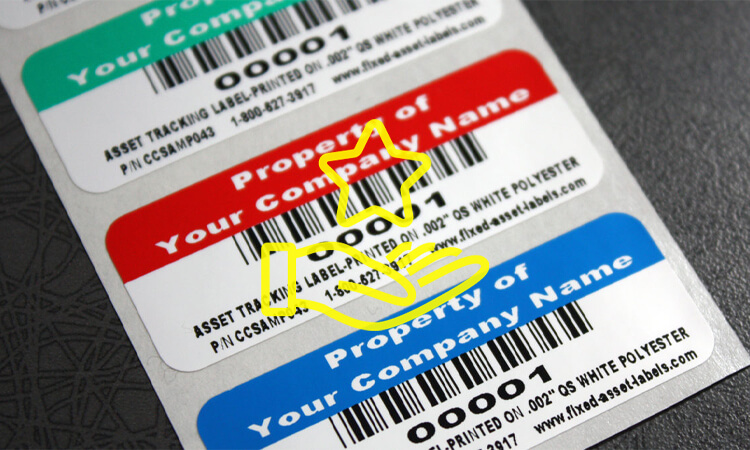
The property of stickers offers a variety of benefits for businesses and organizations. Some of the key benefits include:
- Improved inventory management: Stickers make tracking inventory easier, helping businesses avoid overstocking or running out of important items.
- Enhanced security: The properties of stickers can help prevent theft and unauthorized use of devices. They also help improve security and reduce the risk of loss.
- Increased efficiency: The property of stickers can streamline processes. Such as tracking the movement of items within a facility or identifying the ownership of an item.
- Customization: The property of stickers can be customized to meet the specific needs of a business or organization. This allows companies to create stickers tailored to their needs and branding.
Materials Used in Property of Stickers
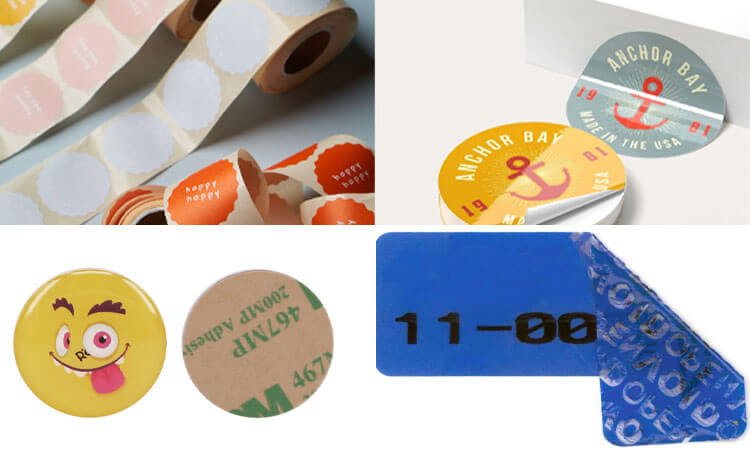
The property of stickers is made from a variety of materials, each with its unique properties and benefits. Some of the most common materials used in the property of stickers include:
- Paper: Paper is a popular choice for the property of stickers due to its low cost and versatility. Paper stickers can be printed using various methods, including offset, digital, and screen printing.
- Vinyl: Vinyl is a durable and weather-resistant material that is commonly used in the properties of stickers. It is resistant to water, UV light, and other environmental factors, making it a good choice for outdoor use.
- Polyester: Polyester is a strong and flexible material that is often used in properties of stickers that need to withstand harsh conditions. It is resistant to temperature changes and chemicals, making it a good choice for industrial or laboratory settings.
- Tamper-evident materials: Tamper-evident materials are used in the property of stickers to protect against tampering or unauthorized access. These materials can include holograms, UV inks, and other special features that change or break if someone tries to remove the sticker.
Related Articles: Why Should We Use Biodegradable Products?
The Uses of Property of Stickers
The property of stickers is used for various reasons, depending on the item. These labels can say the owner of an item. They show which product it is. They can also advertise a business and even add a bit of flair and decoration.
Ownership Labels
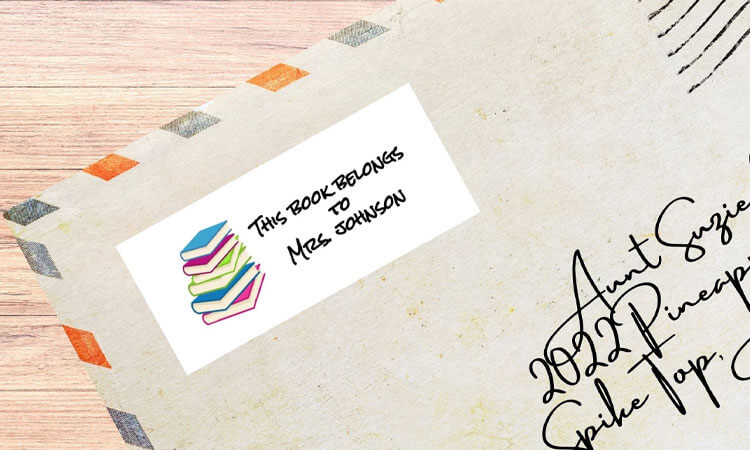
The property of stickers is often found on items such as clothing, tools, electronics, books, and sporting equipment. These labels can help prove that the item belongs to someone. They also give the owner of the item a sense of security. Because they know that their items will remain safe and undamaged.
Product Labels
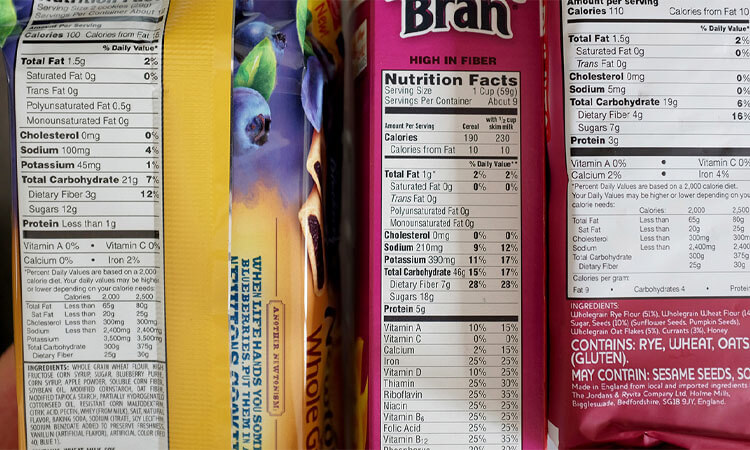
Product labels can identify items and packages so that customers know what they are buying. The property of stickers can also provide information about the product itself. Such as ingredients, directions, and warnings.
Advertising & Branding

Companies and organizations use the properties of stickers to promote their products and services. They can advertise special offers and create brand awareness. These labels can draw attention to a company’s main message, mission, or values. With careful design, companies can ensure that their property of stickers stands out in the crowd.
Decoration & Customization

The property of stickers is often used to add a personal touch or style to an item. People enjoy expressing themselves and customizing things to their tastes. Using the property of stickers to decorate and customize items can also be great for gifts and keepsakes.
Property of Stickers Applications
Property of stickers is used in a wide range of applications, including:
- Businesses: The property of stickers is commonly used in businesses to mark and track inventory and assets. They are also used to label products and packaging for shipping and distribution.
- Schools: The property of stickers is used in schools to mark and track textbooks, library books, and other materials. They also label students’ personal belongings, such as backpacks and lunchboxes.
- Healthcare: The property of stickers is used in the healthcare industry to mark and track medical equipment and supplies. They are also used to label patient records and documents for security and confidentiality.
- Government: The property of stickers is used by government agencies to mark and track government-owned equipment and assets. They also label documents and other materials for security and confidentiality.
Customization Options for Property of Stickers
People can customize the property of stickers to meet the specific needs of a business or organization. Some of the customization options available include:
- Size: The property of stickers can be made in various sizes to meet the needs of different applications.
- Shape: The property of stickers can be made in various shapes, including circles, squares, and custom shapes.
- Color: The property of stickers can be printed in various colors to match a company’s branding or make them more visible.
- Printing: The property of stickers can be printed using various methods, including offset printing, digital printing, and screen printing.
- Materials: The property of stickers can be made from various materials, each with its unique properties and benefits.
The Future of Property of Stickers
As technology continues to advance, the production and use of the property of stickers will also change. One possibility is the increasing use of digital tracking systems and RFID (Radio Frequency Identification) tags. They can use these tags for remote tracking and identification of objects. As the number of businesses using them grows, traditional sticker property becomes more and more common. They will continue to be a popular and practical way to tag and identify the personal and corporate property.
The world of property of stickers is a fascinating and diverse one. These stickers serve a variety of important purposes. They can help businesses with everything from tracking inventory and assets to preventing tampering and unauthorized access. They also have many customization options. Whether used for inventory management, security, or efficiency, the properties of stickers play an important role in many different industries and applications.
About Property of Stickers FAQs
-
What makes stickers adhesive and able to stick to surfaces?
Stickers are adhesive due to the layer of pressure-sensitive adhesive (PSA) on the back of the sticker. The adhesive is activated when pressure is applied, allowing the sticker to adhere to surfaces.
-
What determines the durability of stickers?
The durability of stickers depends on factors such as the type of material used, the quality of the adhesive, the printing method, and the conditions the sticker will be exposed.
-
How does the adhesive property of stickers vary between different materials?
The adhesive properties of stickers can vary depending on the type of material used. For example, stickers made of vinyl may have a stronger adhesive than those made of paper.
-
What makes some stickers removable while others are permanent?
The type of adhesive used determines whether a sticker is removable or permanent. Removable adhesives are designed to be easily removed without leaving residue, while permanent adhesives are meant to be more long-lasting.
-
What are the different types of finishes available for stickers, and how do they affect their appearance and durability?
The different types of finishes available for stickers include glossy, matte, and satin. These finishes can affect the appearance and durability of the sticker, with glossy finishes providing a shiny, reflective surface and matte finishes providing a non-reflective, low-shine surface.
-
How can stickers be customized to meet specific needs and preferences, such as branding or personalization?
Stickers can be customized in various ways, such as using specific colors, designs, or logos or incorporating special effects such as holographic or metallic finishes. Customization can help meet specific needs and preferences, such as branding or personalization.









